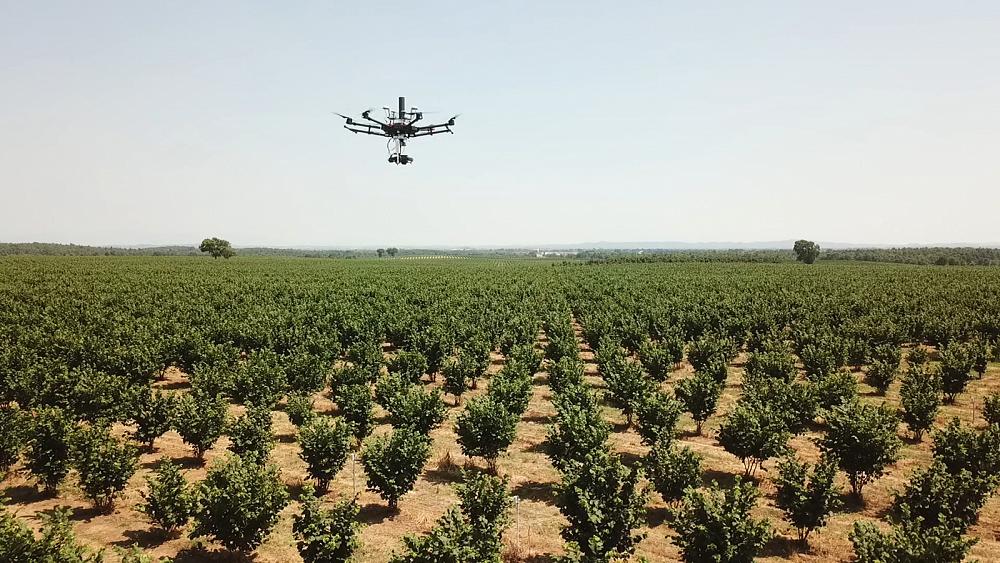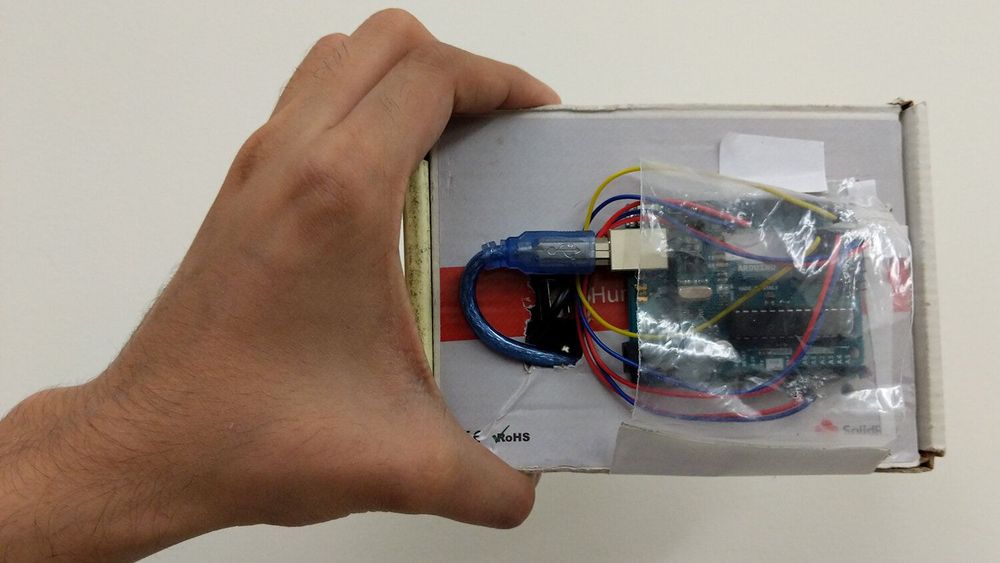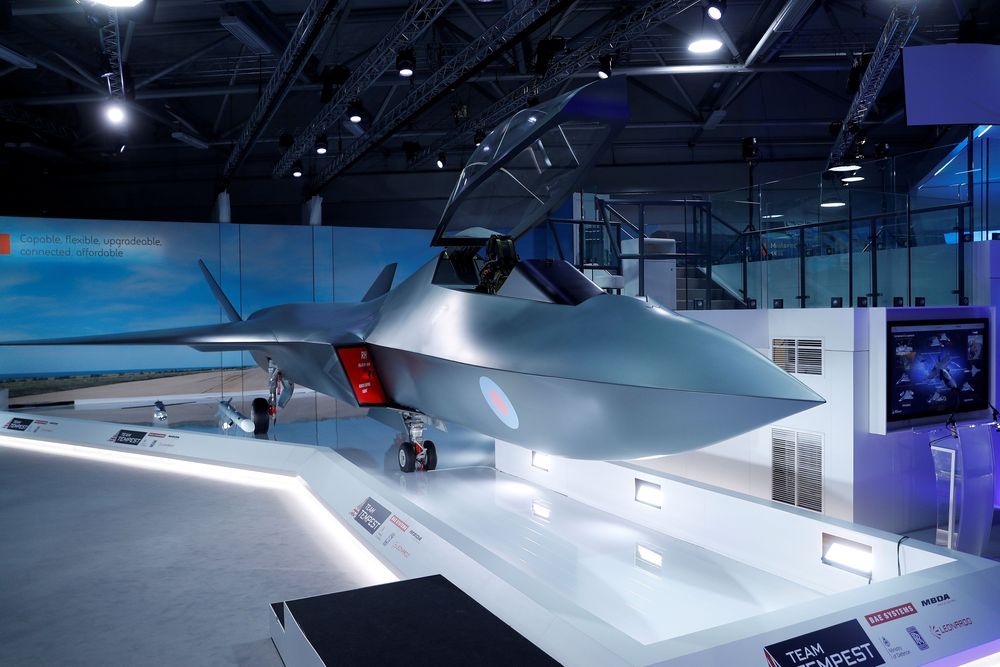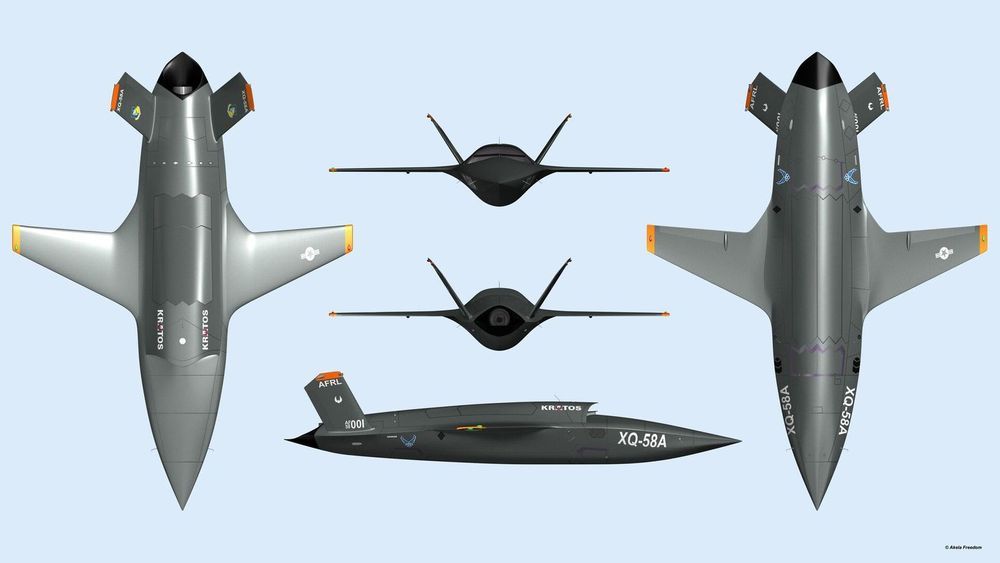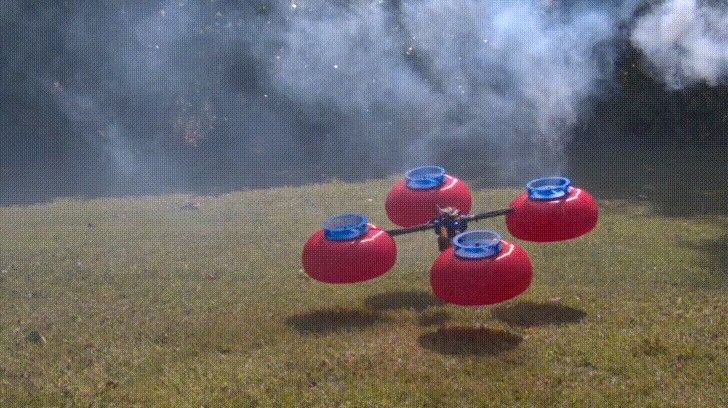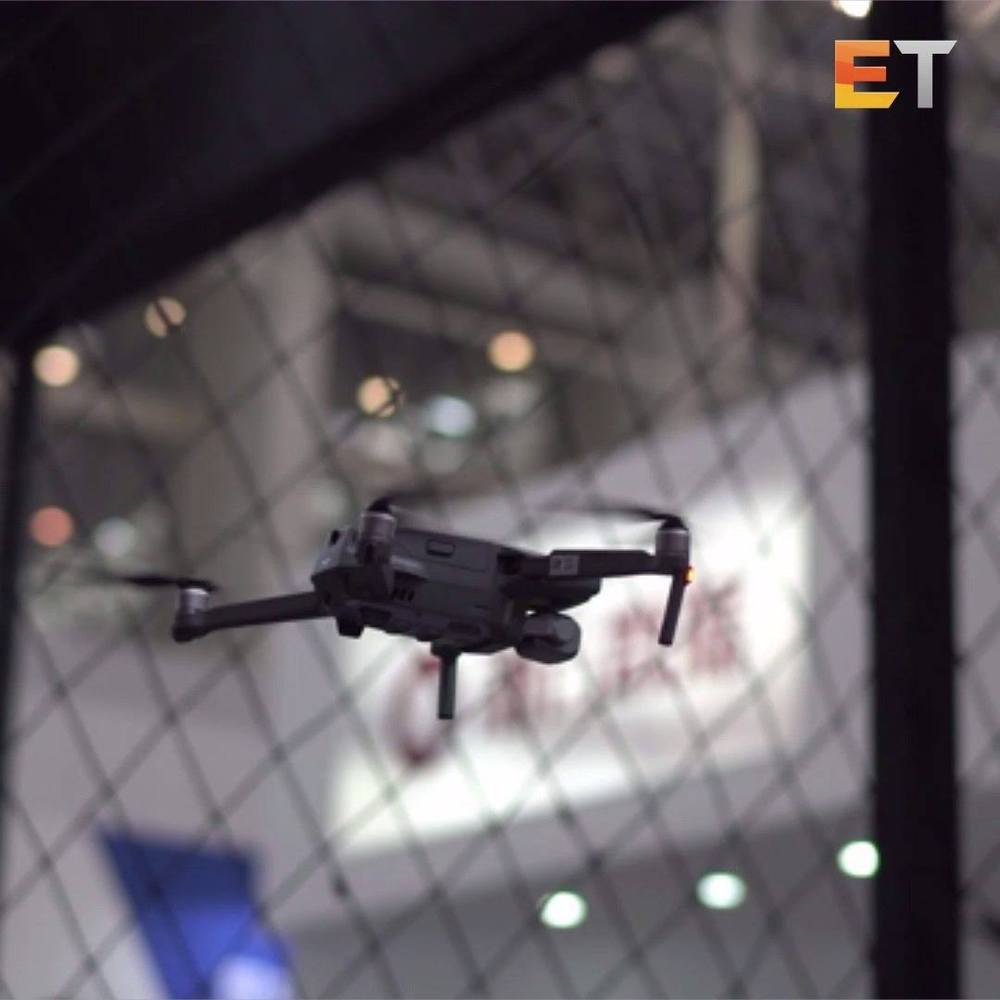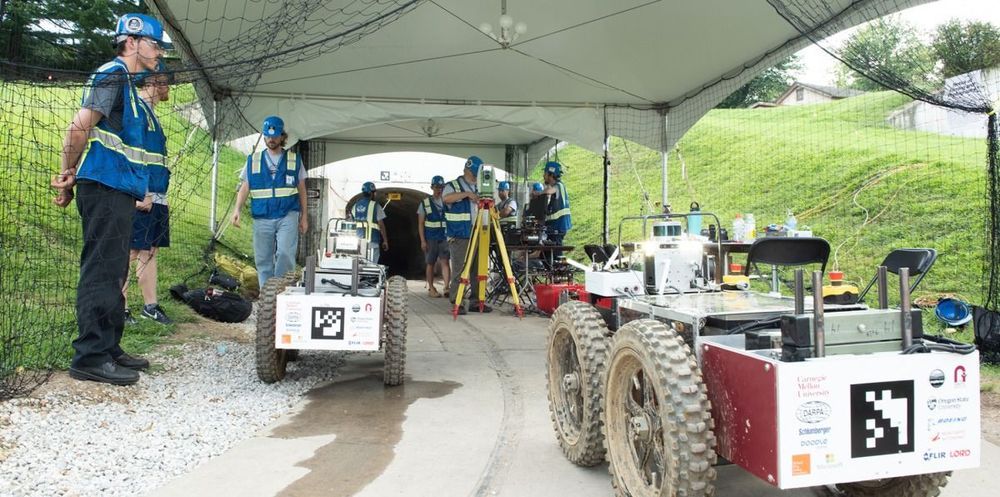 https://youtu.be/qqtv4XAWeC8
https://youtu.be/qqtv4XAWeC8
Where to get the GAIA 160-Hybrid drone: https://www.foxtechfpv.com/gaia-160-hybrid-hexacopter-arf-combo.html
We did it!!!!!!
Broke the Flight Time Record!!!!!
This is a historic moment for UAV drone.
Foxtech GAIA 160-Hybrid has made aviation history by completing the 100km crossing sea bay flight in 180 minutes.
On 9th September, Foxtech team successfully completed the crossing sea bay flight with GAIA 160-Hybrid from changdao to dalian. GAIA 160-Hybrid took off from a yacht in changdao and landed on a coast of Dalian, the total range is 100km, this is the longest single flight of a hexacopter in the World! Foxtech GAIA 160-Hybrid hexacopter broke the flight time record!
FOXTECH GAIA 160-Hybrid hexacopter has an onboard 2000w generator that offers plenty of power to 6 very high efficiency motors to ensure a long flight time. It is installed with redundancy flight controllers, three GPS and a full range of optional equipments like RTK GPS, 20km datalink, parachute, secondary radio control to make this drone very reliable and very safe.
Foxtech team arrived in changdao on 5 September, but due to the heavy wind and bad weather conditions the flight was actually delayed, we have to stop the mission and wait for another good weather to try again. Finally, Foxtech team was ready to make their attempt on 9 September. Departing from a yacht in changdao, weather was cooperative and all was going well.
Foxtech GAIA 160-Hybrid successfully took off from the yacht, with GPS guidance and automated flight, the drone could fly independently. And the drone was accompanied by a yacht staying within a range of 500 meters, so that our operator could control the aircraft at any time. During the flight, the wind was rising, force 7 grades, the wind speed is about 17m/s. But with the robust stability of GAIA 160-Hybrid and rich experience of our technicist, GAIA 160-Hybrid overcame the adverse weather conditions, and just over 3 hours after takeoff, GAIA 160-Hybrid landed safely in a coast of Dalian.
The journey was filled with challenges, because any type of adverse wind will have a
severe impact on the drone. So this time the successful flight dramatically proved the.
reliability and potentials of GAIA 160-Hybrid, proved that Foxtech GAIA 160-Hybrid is a high-performance flying platform which is able to adapt many complicated environment, especially the strong breeze and gale weather. A longer flight time coupled with good stability of GAIA 160-Hybrid opens a wide range of new commercial possibilities for businesses such as inspection of offshore platforms, search and rescue, power line inspection etc.
